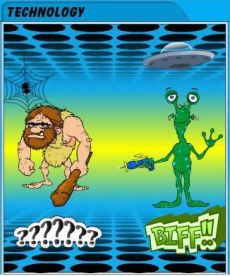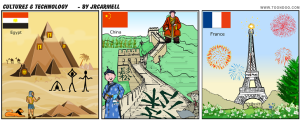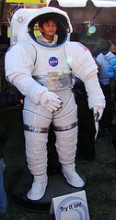 Technology is not only associated with computers and internet resources; technology also includes the history of advanced infrastructure throughout various cultures. It is amazing to think what has been accomplished throughout societies with or without technology. I found a few really cool websites that get students familiar with these concepts. For the subjects of technology throughout various cultures, students can view http://www.technologystudent.com/culture1/culindex1.htm.
Technology is not only associated with computers and internet resources; technology also includes the history of advanced infrastructure throughout various cultures. It is amazing to think what has been accomplished throughout societies with or without technology. I found a few really cool websites that get students familiar with these concepts. For the subjects of technology throughout various cultures, students can view http://www.technologystudent.com/culture1/culindex1.htm.

Cultures & Advanced Technology
This website covers cultural societies and how they have used technology throughout the past. The great thing about this website is that it is extremely interesting and it is written on the students’ level (so they can easily understand the material). I can see myself using this website once I become a teacher. So many different projects can be built that integrates technology into various subjects.
I also wanted to point out that I came across this website through http://www.technologystudent.com/. I spent a few hours just looking at the vast amount of information they have displayed. From topics like designing, graphics, electronics, health & safety, and structures, this website covers a lot. There offer 23 additional pages; one including additional websites/links that can be helpful to students and teachers. Just the technology and environment page covers everything from solar/wind/tidal power, to damns and hydro electricity, to drinking water. Alternative energy sources, power generations, energy saving devices and nuclear power generation topics also included. This website is awesome. I am glad I came across this website. I plan on using some of the resources for the project based learning project I am creating.
Lastly, in viewing all the cool, different sub-pages located on technologystudent.com, I additionally came across another site that I wanted to share: http://www.howstuffworks.com/. This site can be found under the websites links sub-page, but I wanted to give it some attention. This also helps to incorporate technology throughout various subjects and there is tons of videos, lessons and information displayed for students. It is a site I would feel safe enough let students explore on their own. One could really get lost on this site as well.
I know that internet resources are sort of easy to come by, but it is always nice to come across new ones. Hopefully these sites will be useful to others too.


